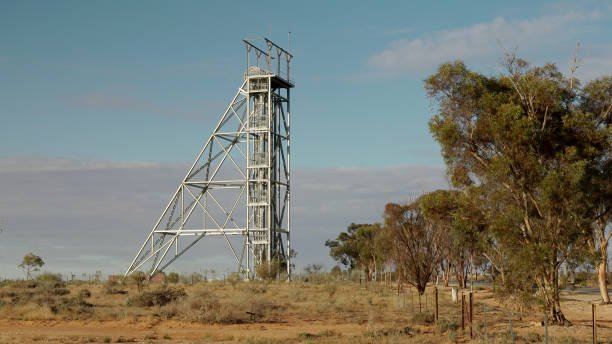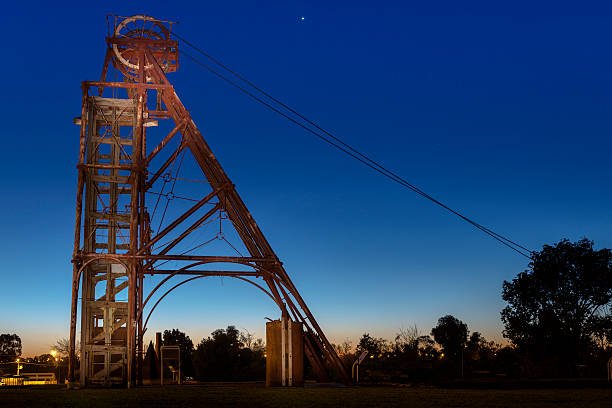Why do the legs on a head frame always slope towards the winch?
Title: The Amazing Architecture of Mining: Why Head Frames Lean In
Ever wondered about those tall structures you often see on mining sites? Those towering, angled constructions are called head frames. At first glance, their design might seem unusual, but there’s an exciting science behind why their legs slope towards the winch.
Why do the legs on a head frame always slope towards the Winch?
The legs on a head frame always slope towards the winch because this design helps evenly distribute loads, maintain overall stability, resist wind forces, and allows for easier assembly and disassembly. Additionally, the sloping design uses materials more efficiently, leading to cost savings.
Head frames, sometimes known as gallows frames, poppet heads, or shaft heads, are the unsung heroes of the mining world. They’re like the elevators of the mining industry, lowering and lifting miners and materials in and out of mine shafts. The top of the frame, called the crown, houses pulley systems and winches, while the supporting legs splay out at the bottom. But the real question is, why do the legs lean in?
The answer is as much about physics as it is about clever design.
- When a head frame lifts or lowers a load – whether that’s a group of miners or a heap of ore – it takes on a significant dynamic weight. That’s where the sloping legs step in.
- They’re angled to distribute this load evenly down to the base, keeping the structure stable.
- Think of them like the legs of a weightlifter – they’re bending slightly to better handle the weight above.




But it’s not only about dealing with the heavy lifting. These sloping legs also help the head frame to stand strong against wind loads. Much like a pine tree bends in the wind to prevent it from breaking, the angled legs allow the head frame to resist and distribute wind forces, keeping it steady even in stormy weather. Plus, their aerodynamic design lets wind flow around the structure rather than pushing against it – clever, right?
But the story doesn’t end there. Another advantage of these sloping legs is how they make assembly and disassembly easier. Just like a pop-up tent, the legs’ design allows for quick setup and take-down, perfect for mining operations that need to move once a site is mined out.
Lastly, this design is all about getting more bang for your buck. The sloping legs require less material to construct than straight vertical ones, making the head frame more cost-effective. It’s all about smart savings, especially in big mining operations where every penny counts.
In a nutshell, the tilted legs of a head frame aren’t just about looking interesting. This unique feature is a brilliant combination of physics, design, and practicality, keeping miners safe, reducing costs, and standing firm against the elements. So next time you see a head frame, you’ll appreciate just how much thought and engineering genius has gone into its quirky design!
Summary
- Head frames, often seen on mining sites, feature distinctive sloping legs that lean towards the winch.
- This design is purposeful and contributes to the function and stability of the head frame.
- The sloping legs provide optimal support and distribute dynamic loads evenly when the cage or skip ascends or descends in the mine shaft.
- The angled legs help resist wind forces, ensuring the head frame remains stable even in harsh weather conditions.
- The design aids in the ease of assembly and disassembly, making it a cost-effective option for temporary mining operations.
- The sloping design optimizes the use of materials, requiring less construction material compared to a vertical design with the same base width, leading to cost savings.
- The leaning legs contribute to safety, efficiency, and cost-effectiveness, making them essential to the operation of mining sites.
